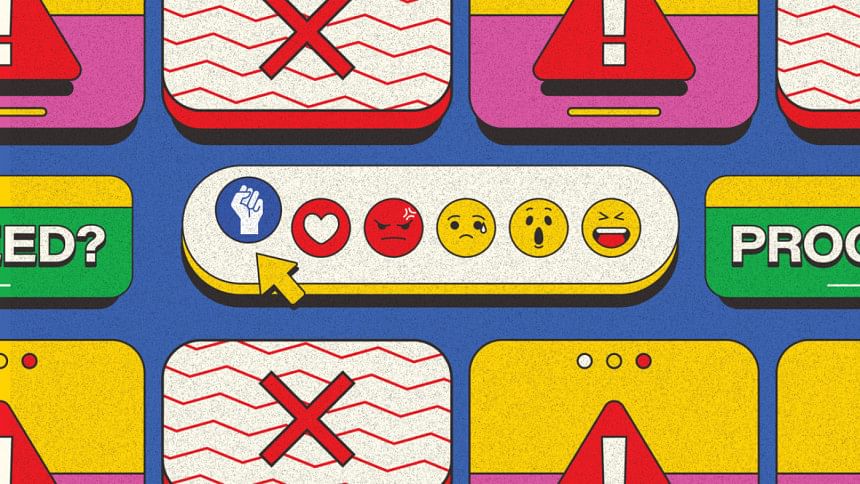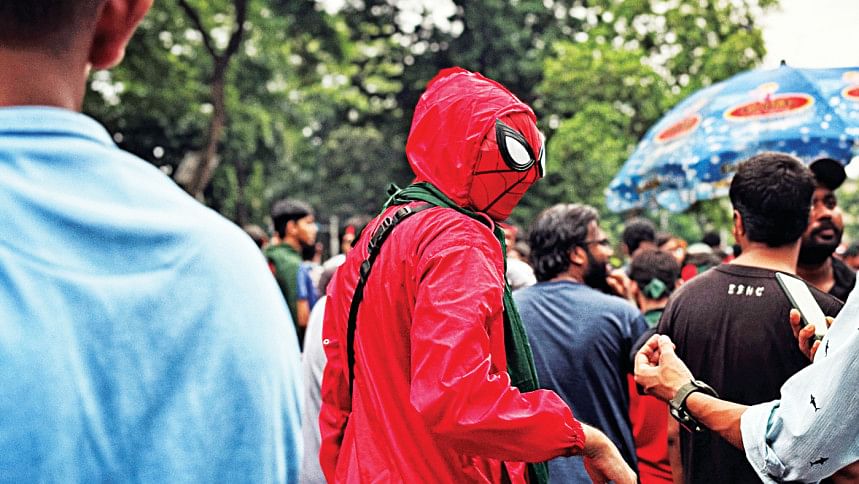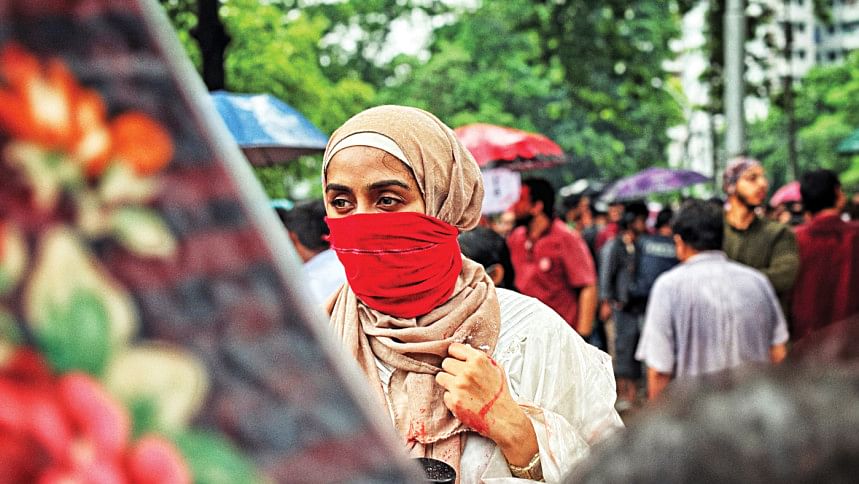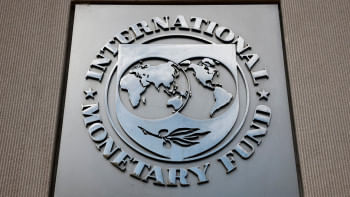The role of social media in youth political activism

It's no secret that the majority now consumes news on social media. From short bits and clips to in-depth deep dives and podcasts, the role of social media in news consumption and circulation cannot be overlooked. The case for political news is not different either. When we think of heated political conversation, we might think of shouting matches around tea stalls, but in reality, much of the discourse now happens on social media. Be it ideological narratives, fact-laden posts, or just traditional media talk shows and news breakdowns, the youth tend to consume media online. And with the speed at which content is being churned out, traditional media just can't keep up.
In fact, Gen Z prefers social media for political activism because they demand a more fast-paced, on-the-ground approach when it comes to covering politics. Whether it is a small local issue or a larger national crisis, social media has empowered young activists to assemble quickly and with greater efficiency. Adoption of social media as a platform for raising your voice against any discrimination is therefore widespread. It becomes clearer if we look back to the days before social media when news had to be accessed through physical mediums. Some protests received news coverage, while others didn't.
With social media in hand, this conundrum has changed. Movements like the Shahbagh protests of 2013, the quota protests in 2018, the Road Safety Movement in 2018, and of course, the 2024 quota protests, which led to a full-scale uprising are some movements, just in our country, that come to mind. All of these gained traction on social media as small movements and eventually accumulated public support, in large part because of online activists and bloggers.

One such online activist is Zakaria Tasrik, a student of Robotics and Mechatronics Engineering at Dhaka University. When asked about why young people overwhelmingly turned to social media during the July protests he said, "In my opinion, social media played the role of pushing people into the movement. On the other hand, a lot of traditional media channels propagated disinformation, which made people rely on social media even more. I remember the parallel attacks on Dhaka University (DU) and Jahangirnagar University (JU). I came across clips of tear shells being shot at students in front of TSC on Facebook, the day after Abu Sayed died. I took that video and decided to post it on Facebook. Within an hour it got around 10,000 reacts and a million views. Short videos like these, from multiple sources, fuelled the protests. Videos of students being attacked, as much as they traumatised people, prompted them to join the protests."
Ashfi Islam, an intermediate student at the capital's Willes Little Flower School and College is one such youngster who joined the protest. On the role of social media as a force for political activism he said, "We received information mostly from social media. Kids my age aren't used to traditional media formats. We're also online a lot. Even my friends who were conservative about posting political news on their timelines were sharing posts about the atrocities that were unfolding. It felt like the youth were united in these posts. There was no way of ignoring our wave anymore. When everyone began sharing the same videos of police brutality and political suppression, the point was driven home. It inspired me on a personal level to come out on the streets."
Gen Z prefers social media for political activism because they demand a more fast-paced, on-the-ground approach when it comes to covering politics. Whether it is a small local issue or a larger national crisis, social media has empowered young activists to assemble quickly and with greater efficiency.
Social media – compared to conventional media – is doing a better job of captivating, convincing, and mobilising protesters. Mujahidul Islam, a final-year medical student opines, "A big reason for using social media as a platform for any protest is the option of anonymity. In contrast, making an appearance on mainstream media carries a level of risk in our country. Even if it doesn't lead to harassment from law enforcement agencies, you might face harassment at your workplace or educational institution. Speaking on such platforms has less possibility of repercussions while at the same time conveying support for a cause you believe in. The compound effect of a critical mass of people speaking on an issue is also real. People might see their peers posting online and be compelled to post themselves. This is eventually communicated to our power structures or traditional media outlets, and the point is conveyed as intended."

Elaborating on the same issue Nomayer Nehal, a student and resident of Khulna said, "Social media sites were showing what the students had to say at a time when, I feel like, traditional media outlets couldn't give us this platform."
The coverage of protests, especially if it takes place in a regional city, doesn't always make it into the national conversation. Discussing the role of social media in covering regional protests Nehal said, "The coverage of protests by the national media was minimal during the July Revolution in divisional cities like Khulna. We didn't see journalists from major media outlets on the ground while protesting here in Khulna. Our local papers, however, actively covered our protests. Social media-based news outlets on Facebook also contributed a lot. These local online pages were covering the protests, keeping protesters like us informed on where the police were or about the hotspots where most arrests were happening. They were going live during the massive clashes between the police and protesters on August 2 here. Even my parents came out looking for me after seeing the clashes on Facebook."
Yet there is a need to reach conventional media houses. Social media is a great tool for online activism and arranging flash protests, but conventional media has to step in to put real pressure on any power structure. Nonetheless, individuals on social media have been doing much of the heavy lifting in drawing the attention of national and international media to persisting issues, even in the face of suppression.
"The collective attempt to reach the international media was a big step. Most Facebook-based activists urged people to turn to X to gain attention from international media outlets. They were successful as Al Jazeera had three interviews with the former ministers regarding the situation in the country. Throughout that period, the narrative that the ruling party was pushing was weak in social media. They also had to shut down the whole internet at one point. This move simply shows the impact social media had on the government," said Zakaria.

If you try to catch lightning in a bottle, chances are you're going to get zapped a few times in the process. Using social media for political activism and similar to catching lightning in a bottle because when it works, it can be the best medium. Offering a diversity of political views on an open platform where everyone can have a voice and a collective narrative emerges without any censorship. But it equally has the opportunity to spread violence, hate speech, and mobilise groups preaching distorted narratives of the truth. Even in terms of political literacy, it runs a real risk of trapping you in an echo chamber of similar views, reinforcing a singular narrative and reducing one's ability of critical thinking and tolerance to opposing views.
"Obviously, the downside is the lack of fact-checking on social media platforms. The algorithms often promote content with hate speech. Organised propaganda is also more effective on social media. People living inside these propaganda bubbles rarely get the chance to verify the news that they're getting. It divides entire communities and is often used to create an 'us versus them' narrative," said Mujahid.
This doesn't mean, however, that social media cannot be used for political literacy. But a sceptical view must be maintained to fact-check sources and to ensure that your feed is not becoming an echo chamber.
"Our local papers, however, actively covered our protests. Social media-based news outlets on Facebook also contributed a lot. These local online pages were covering the protests, keeping protesters like us informed on where the police were or about the hotspots where most arrests were happening."
On the role of social media in the political literacy of our youth, Ahmed Abdul Mukit, a final-year student of Political Science at Dhaka University said, "Social media news outlets are winning out on the young demographic as these outlets tailor the news to our preferences. They chop the news into palatable pieces and visually appealing thumbnails which are easier to share from personal accounts. The spread of information is supercharged in this way. When it comes to political literacy, even conscious young people are choosing platforms like YouTube or podcasts, and maybe they're fact-checking the sources themselves. It's more convenient and a lot faster this way. The flipside is obviously accountability. Often self-serving, sponsored, or malicious content is presented in front of hundreds of thousands of people packaged as authentic news. Traditional media outlets crosscheck themselves and each other on a regular basis because they might lose credibility over this."
Young people developing an interest in politics, activism, and state-building is a positive outcome. The contribution of social media in energising the youth of this nation cannot be understated. It has united the country on a wide variety of issues. It is our hope that Gen Z can harness the benefits of social media and not give in to its potential for communal violence, misinformation, and propaganda.
Mehrab Jamee is an activist at Sandhani and a 5th-year medical student at Mugda Medical College.

 For all latest news, follow The Daily Star's Google News channel.
For all latest news, follow The Daily Star's Google News channel. 



Comments